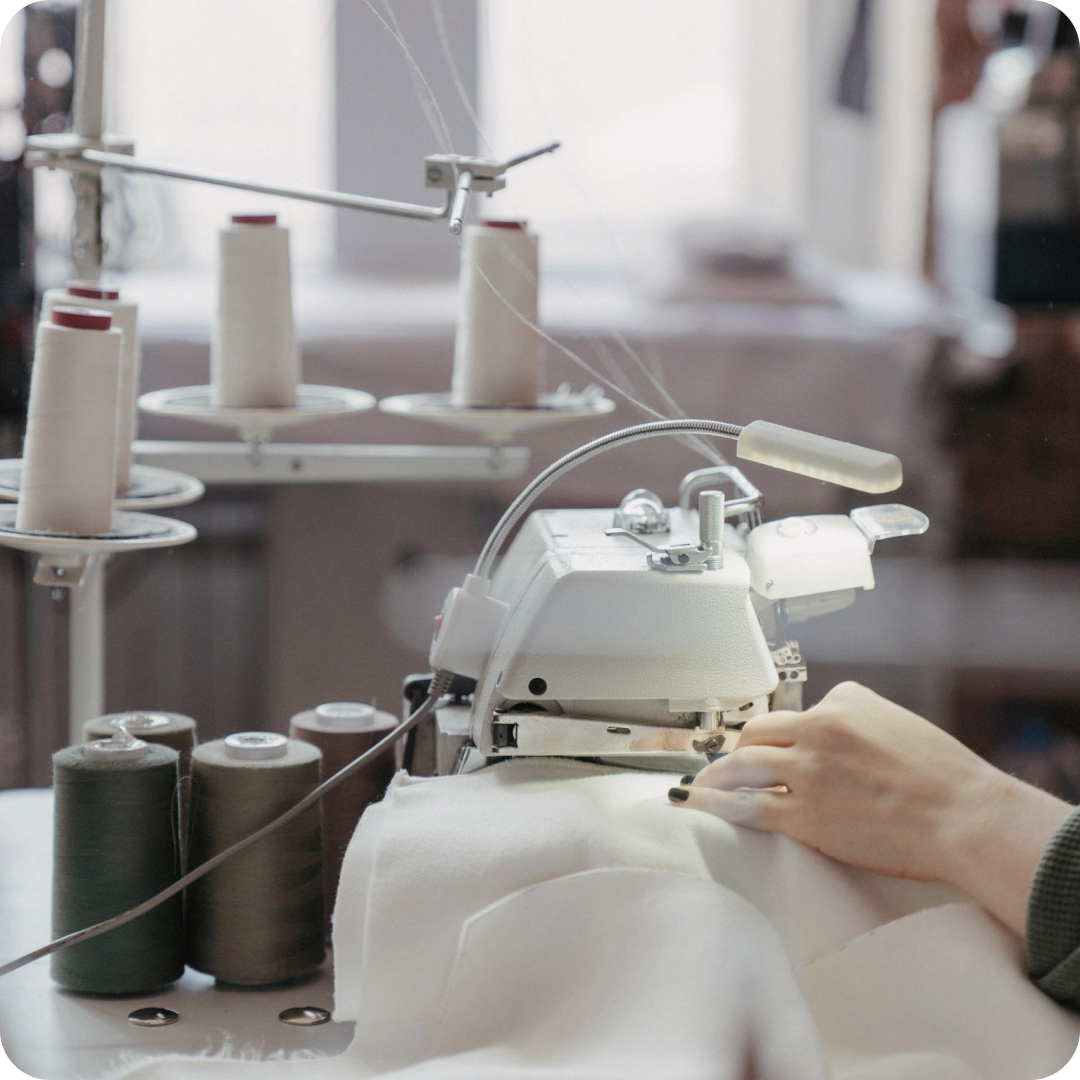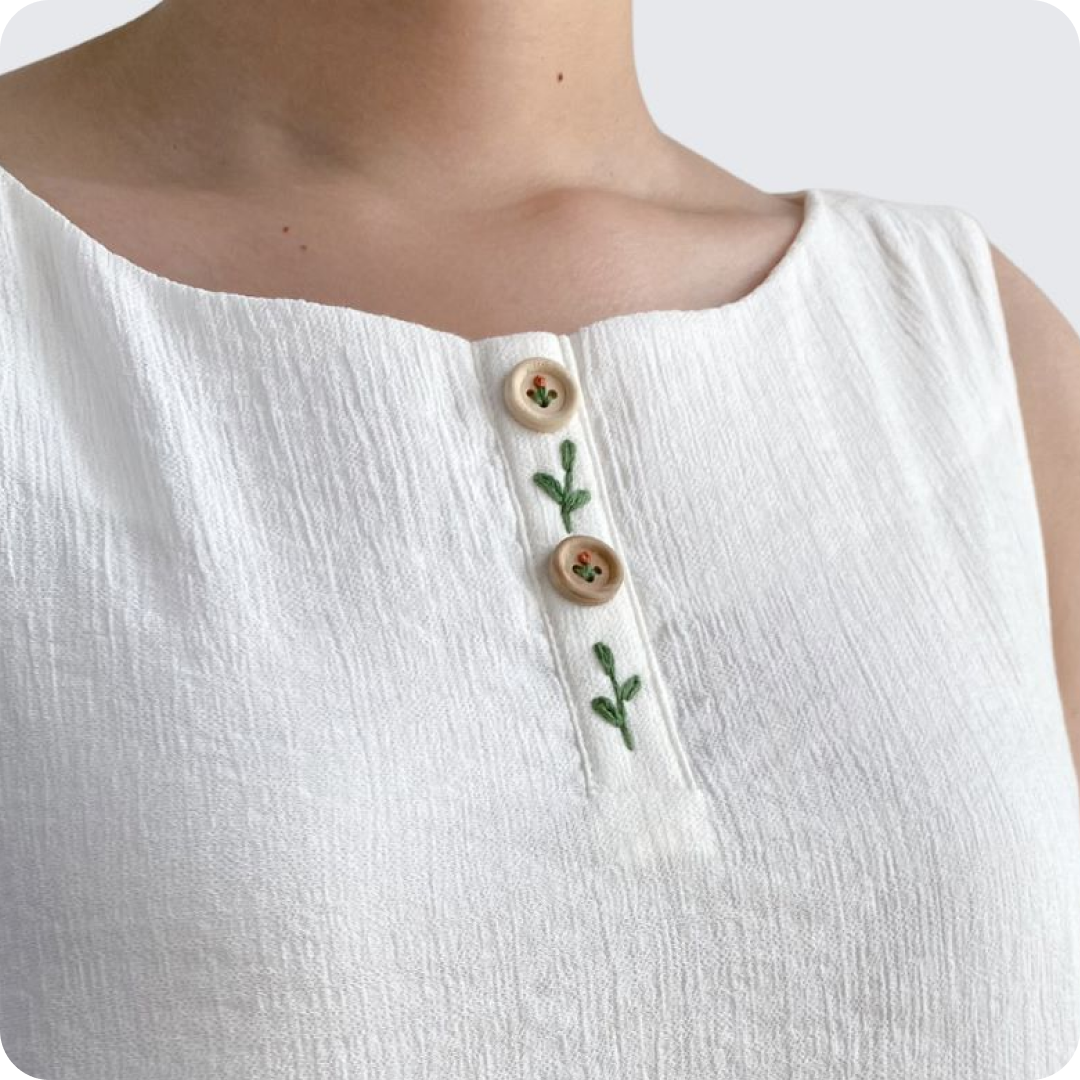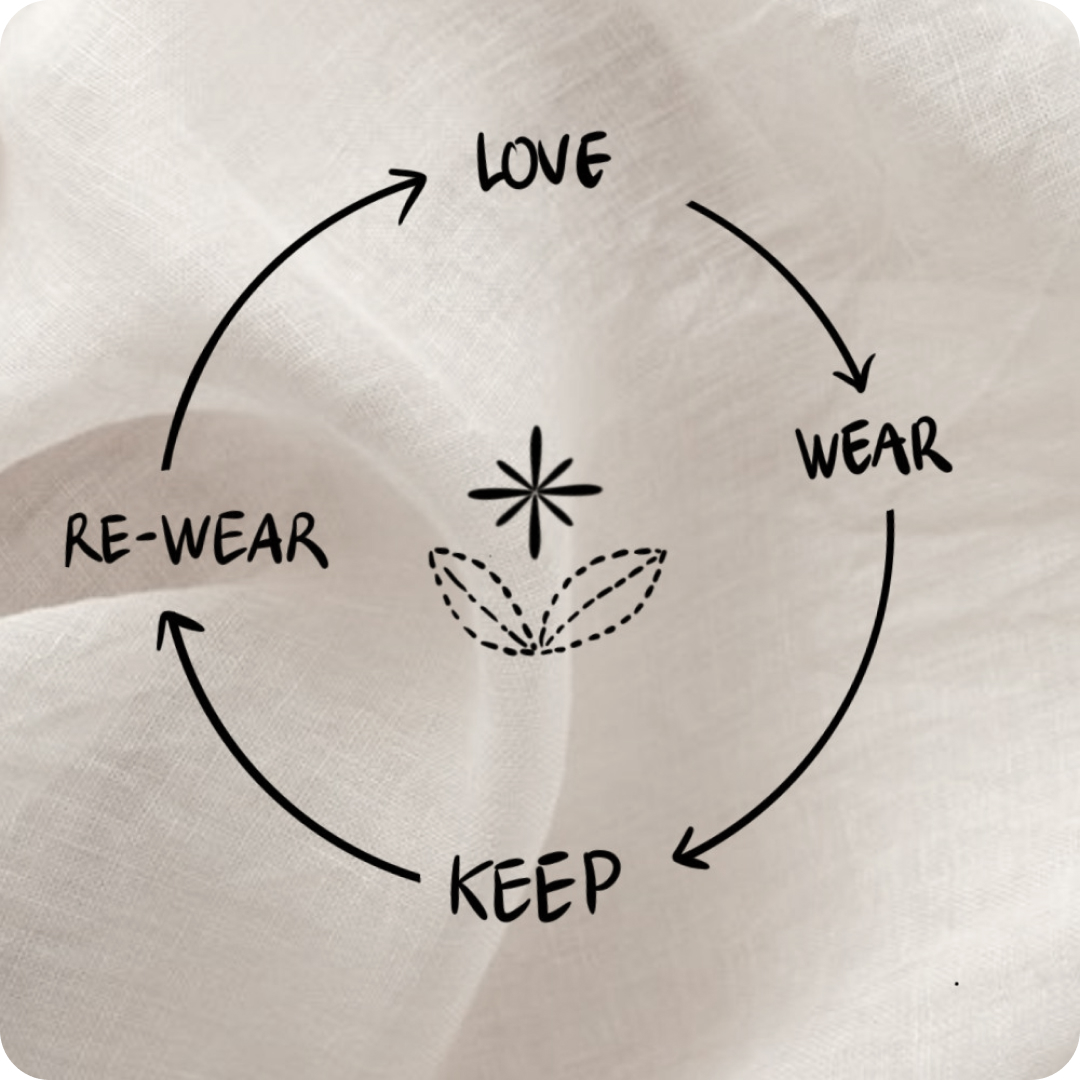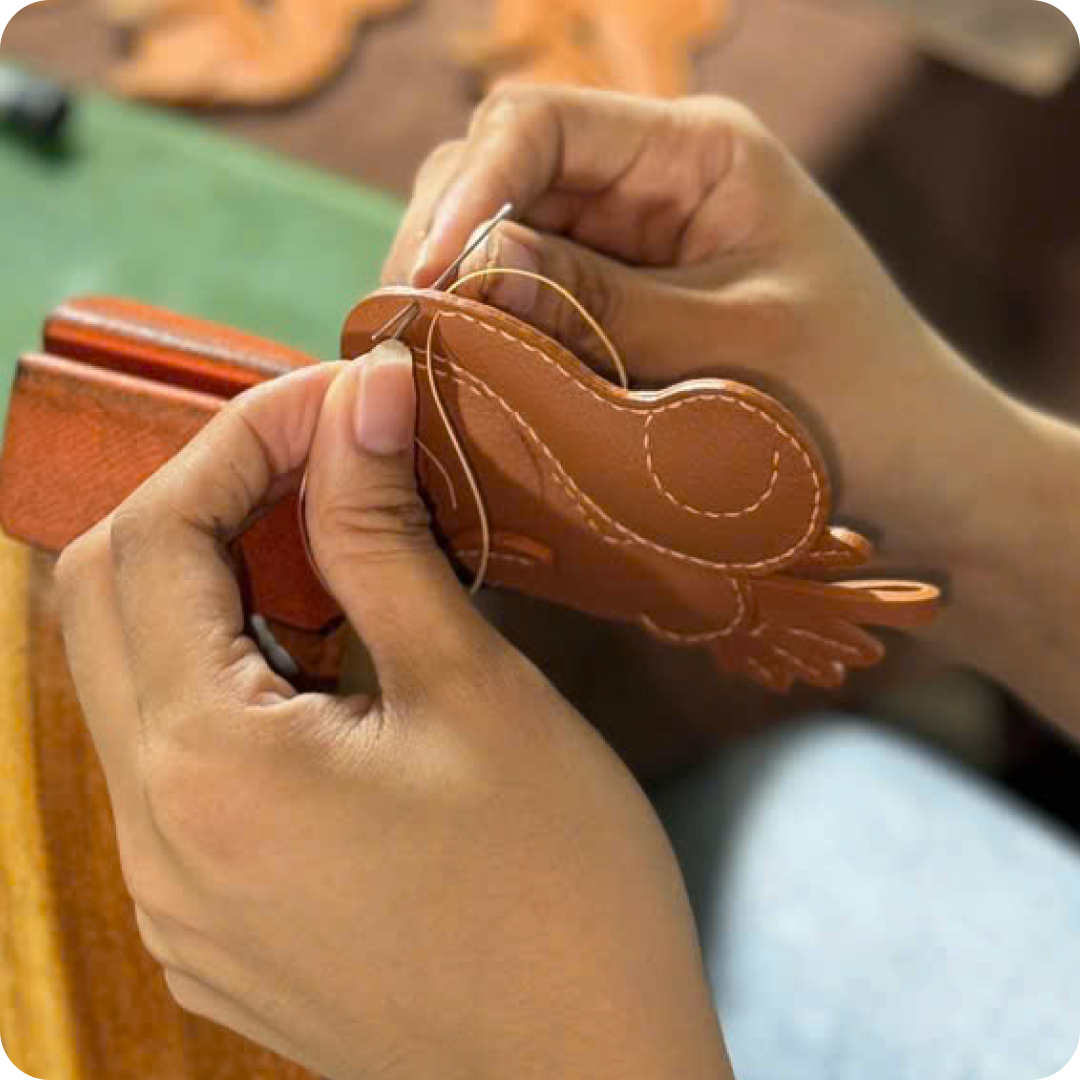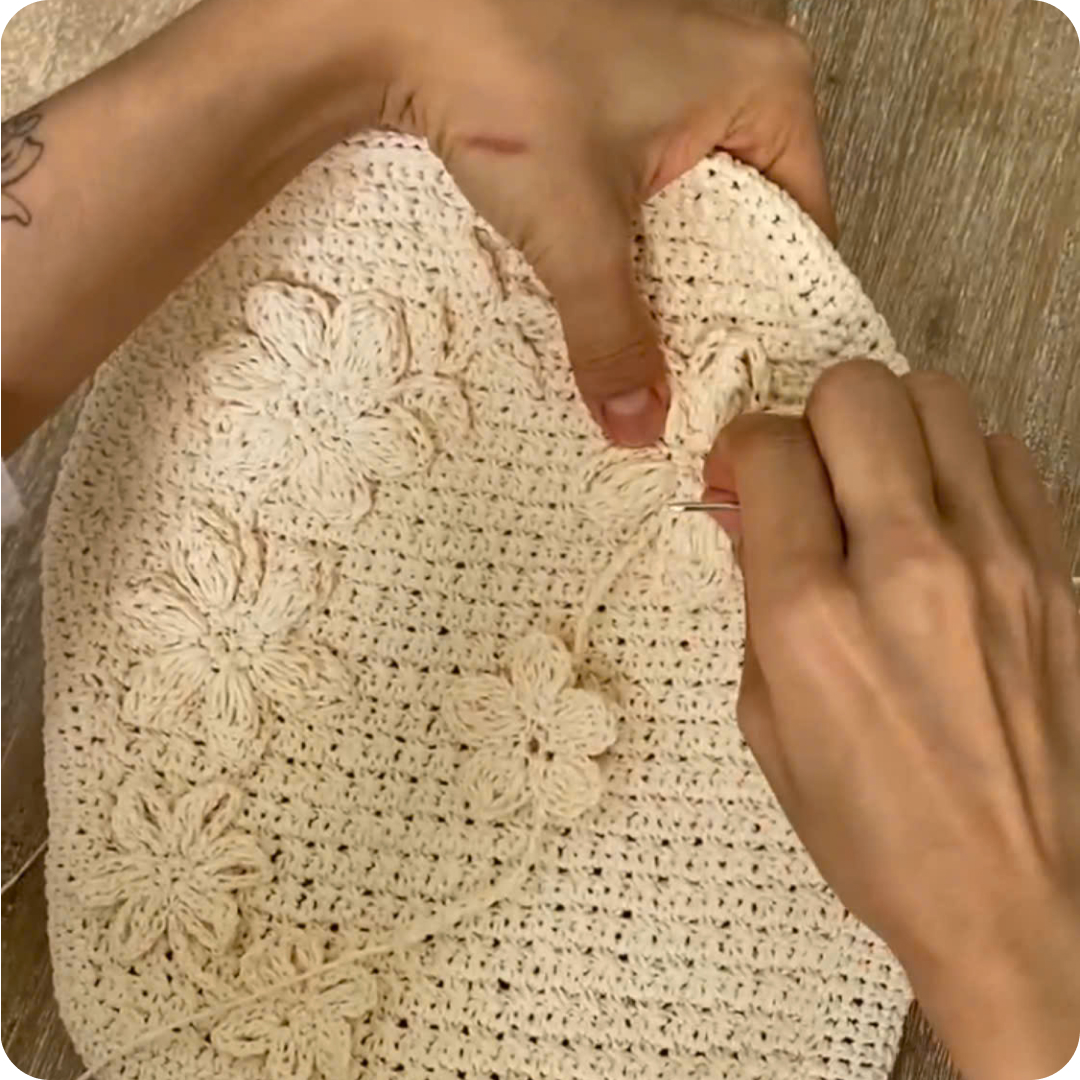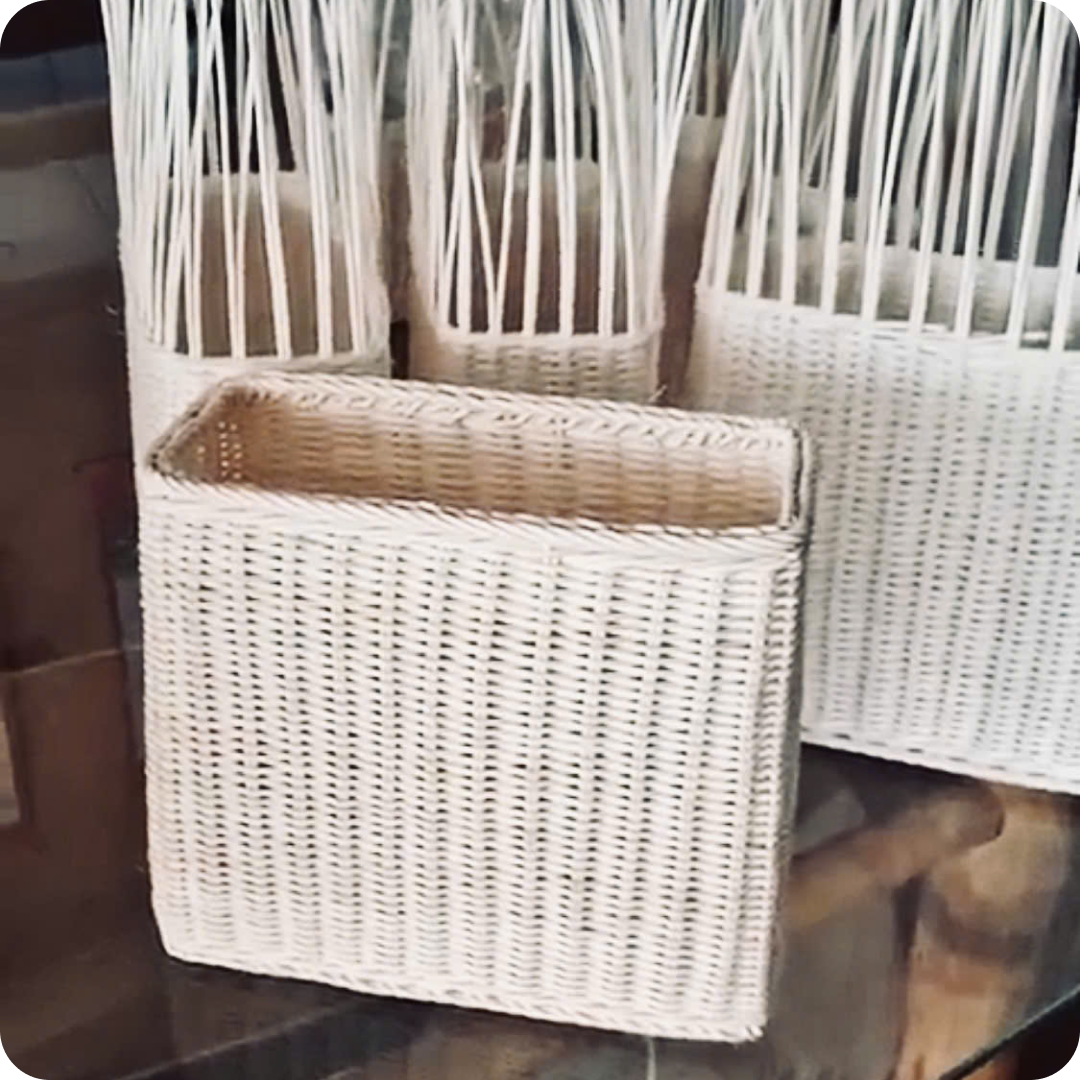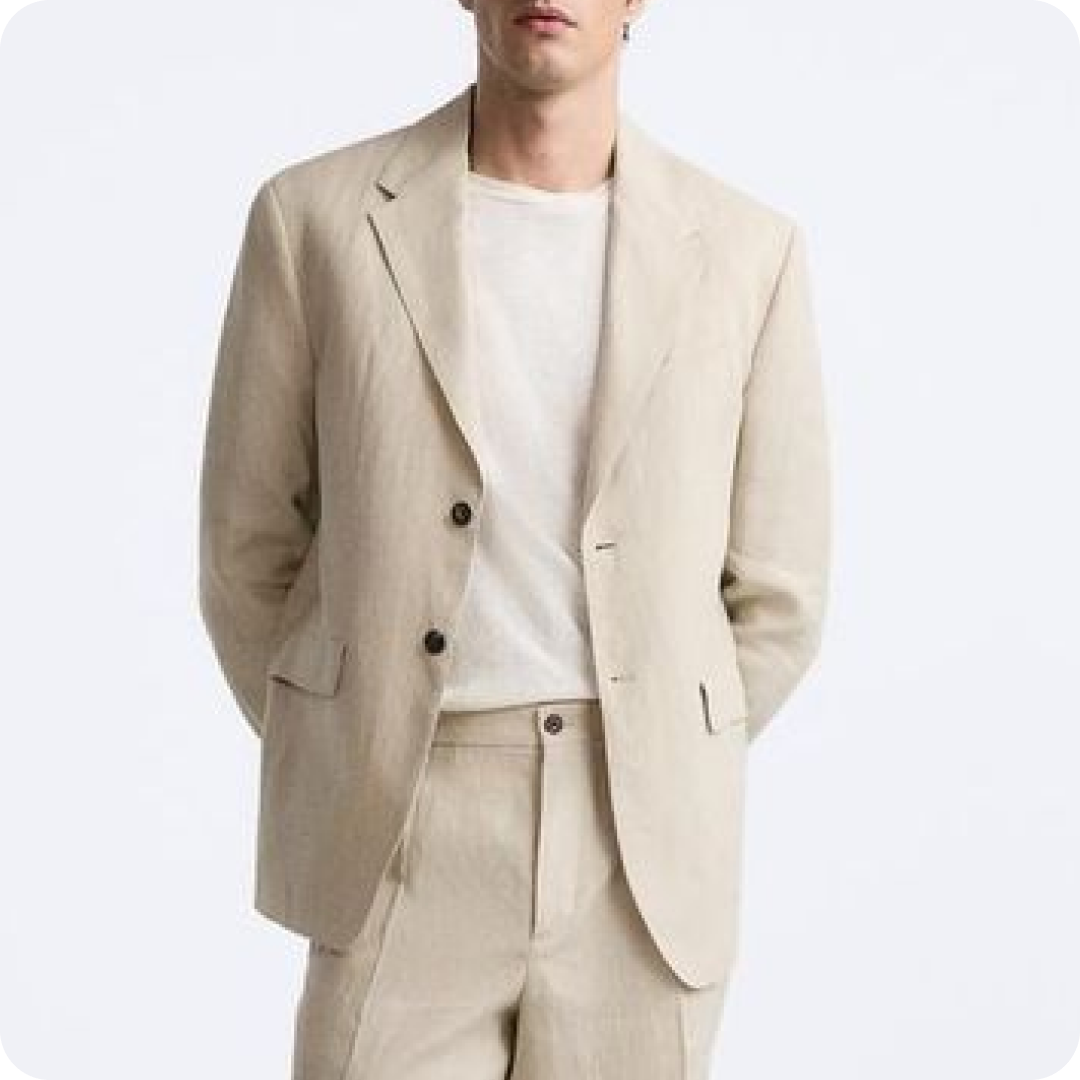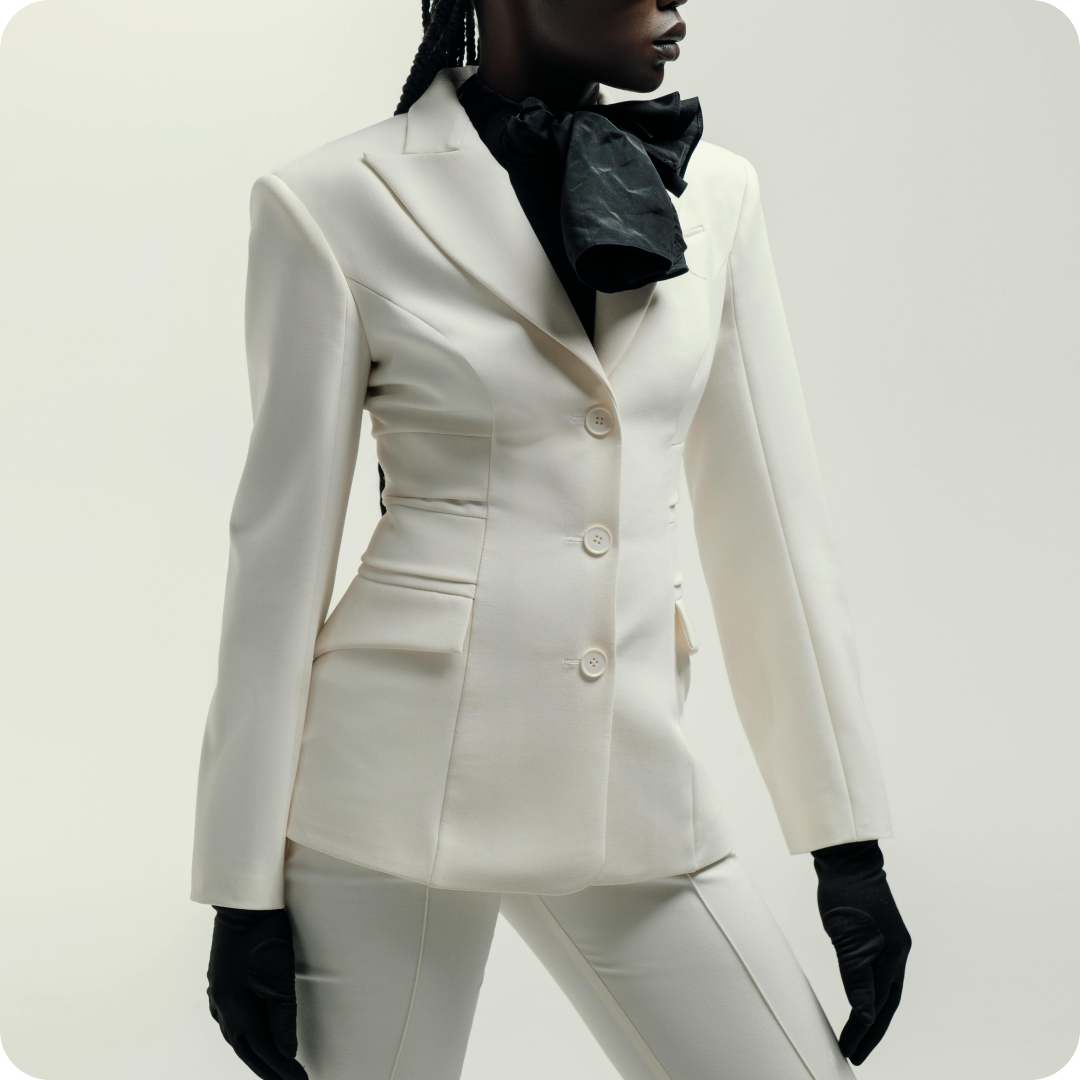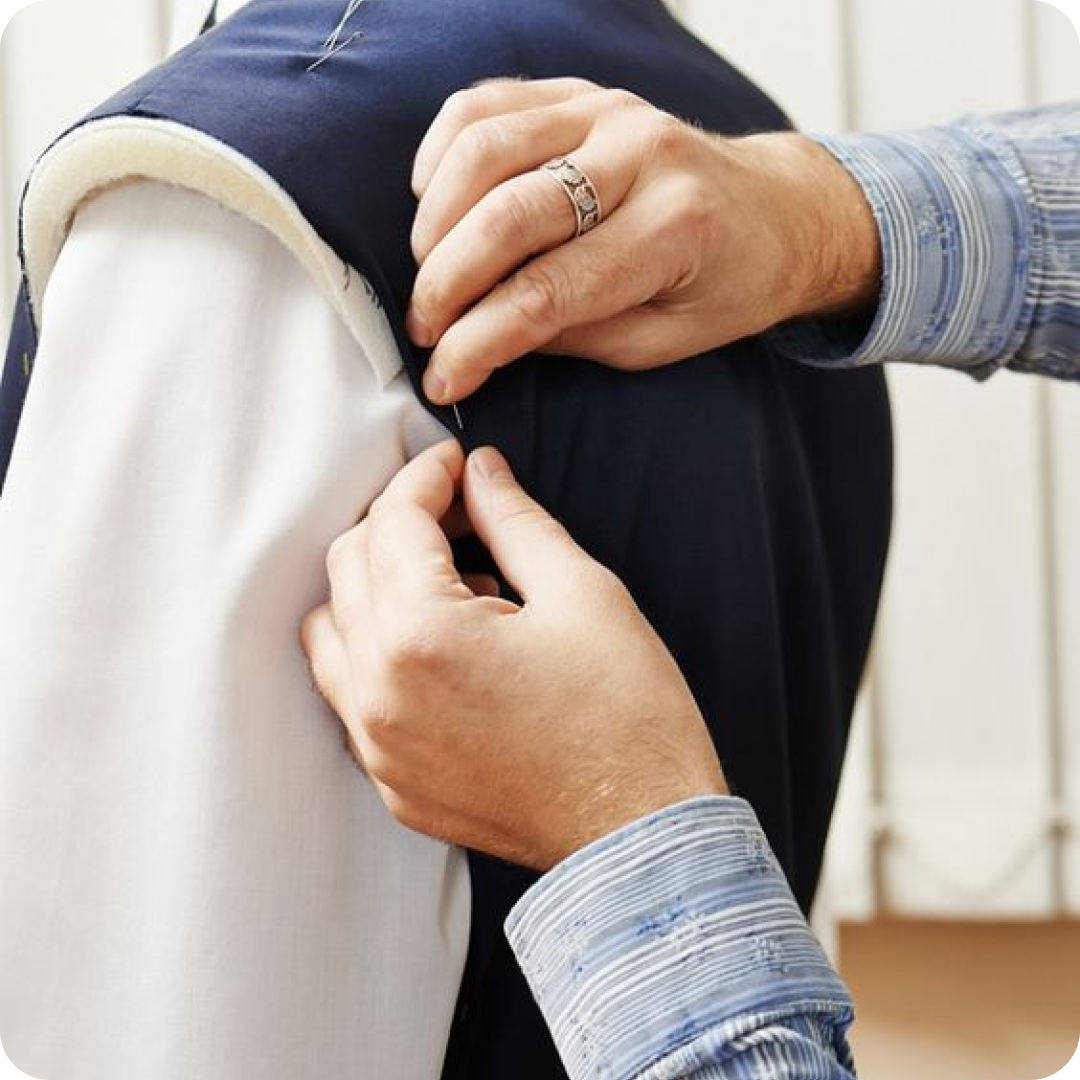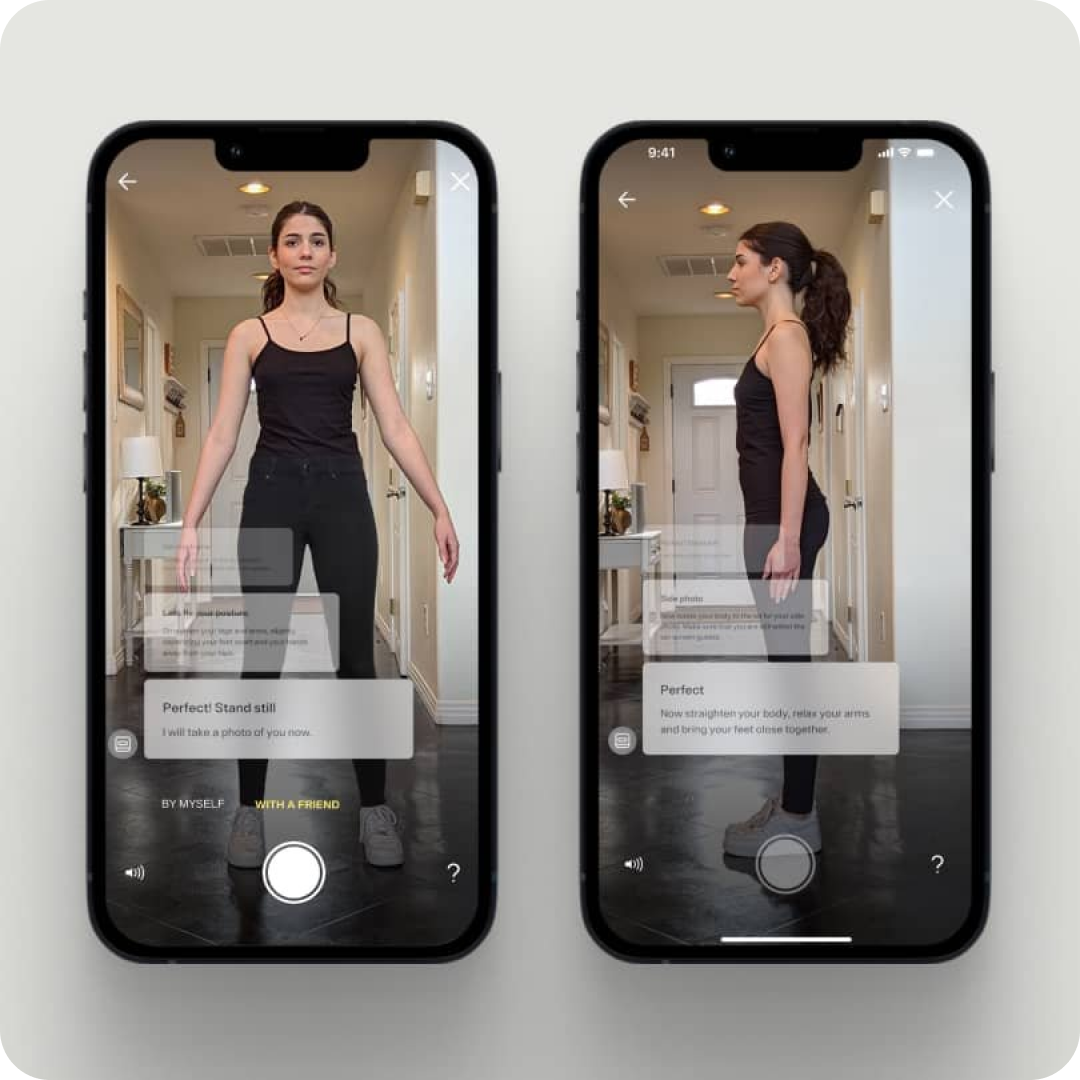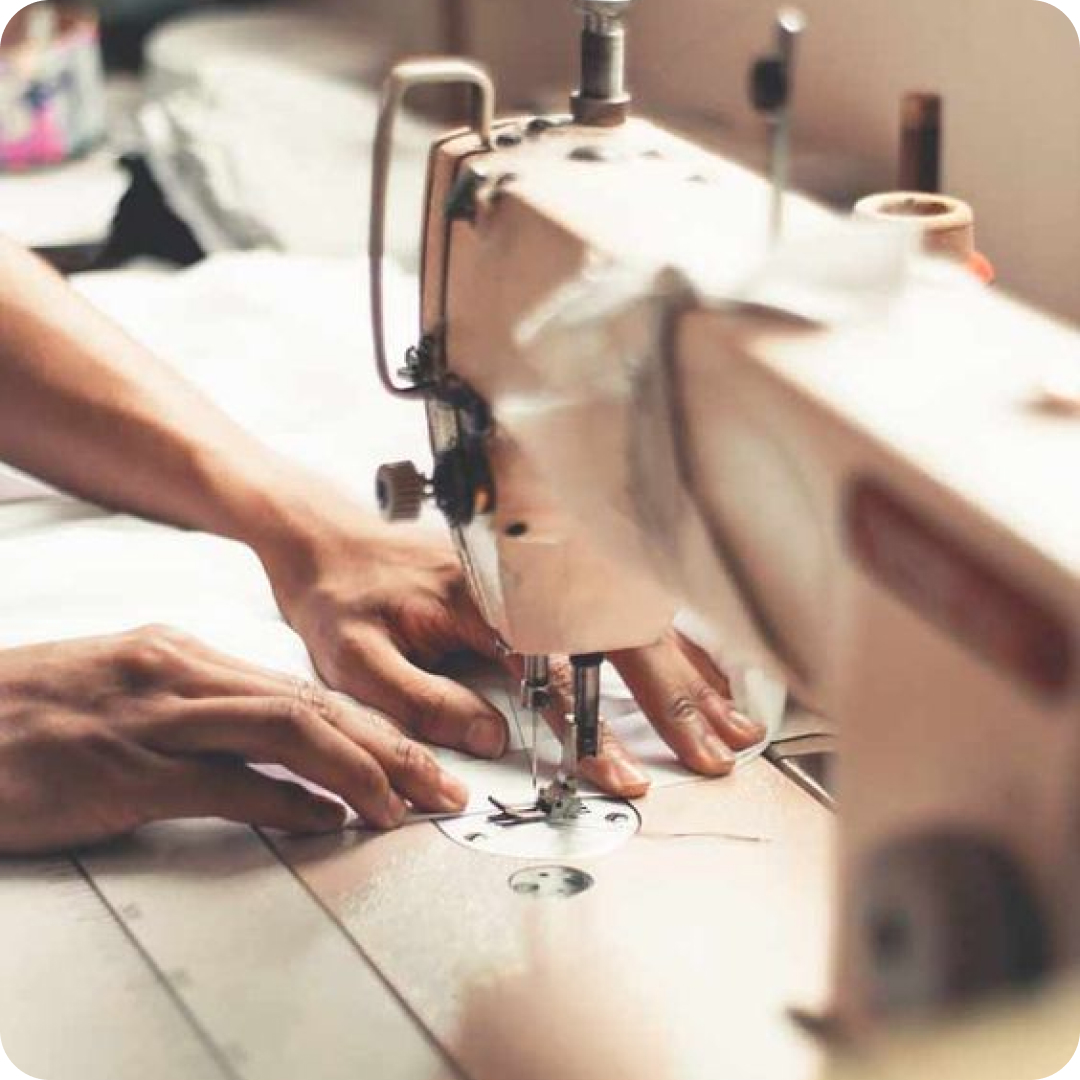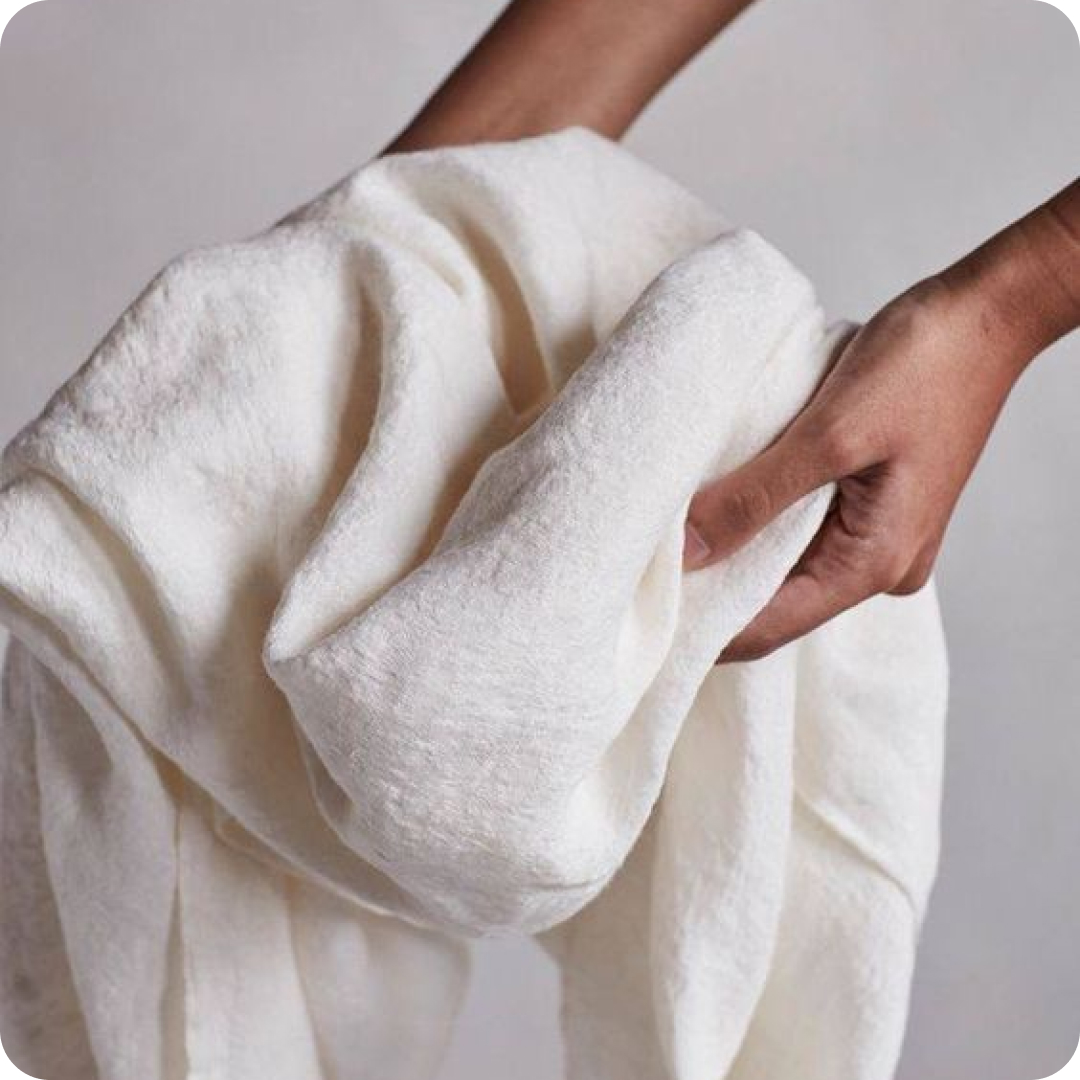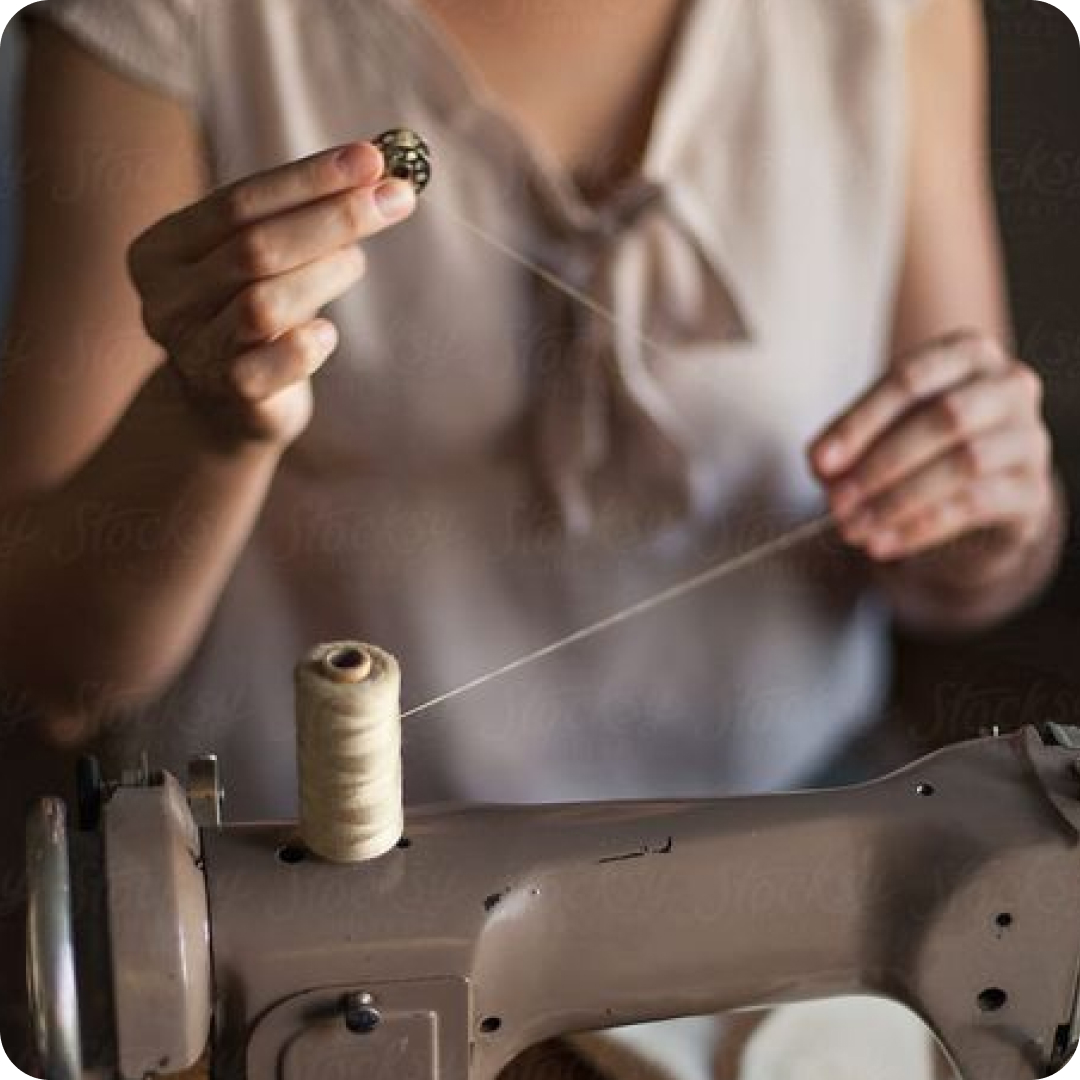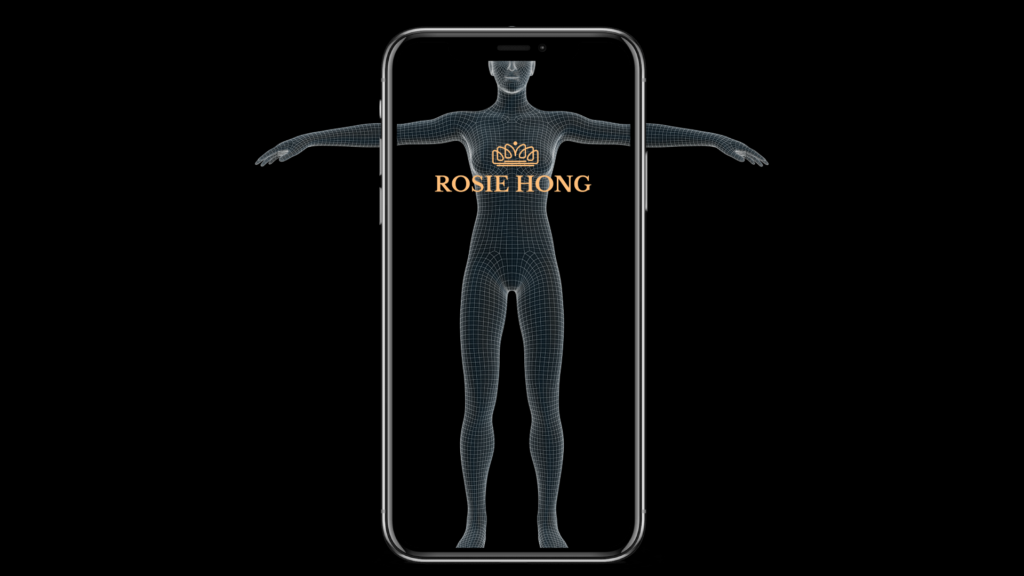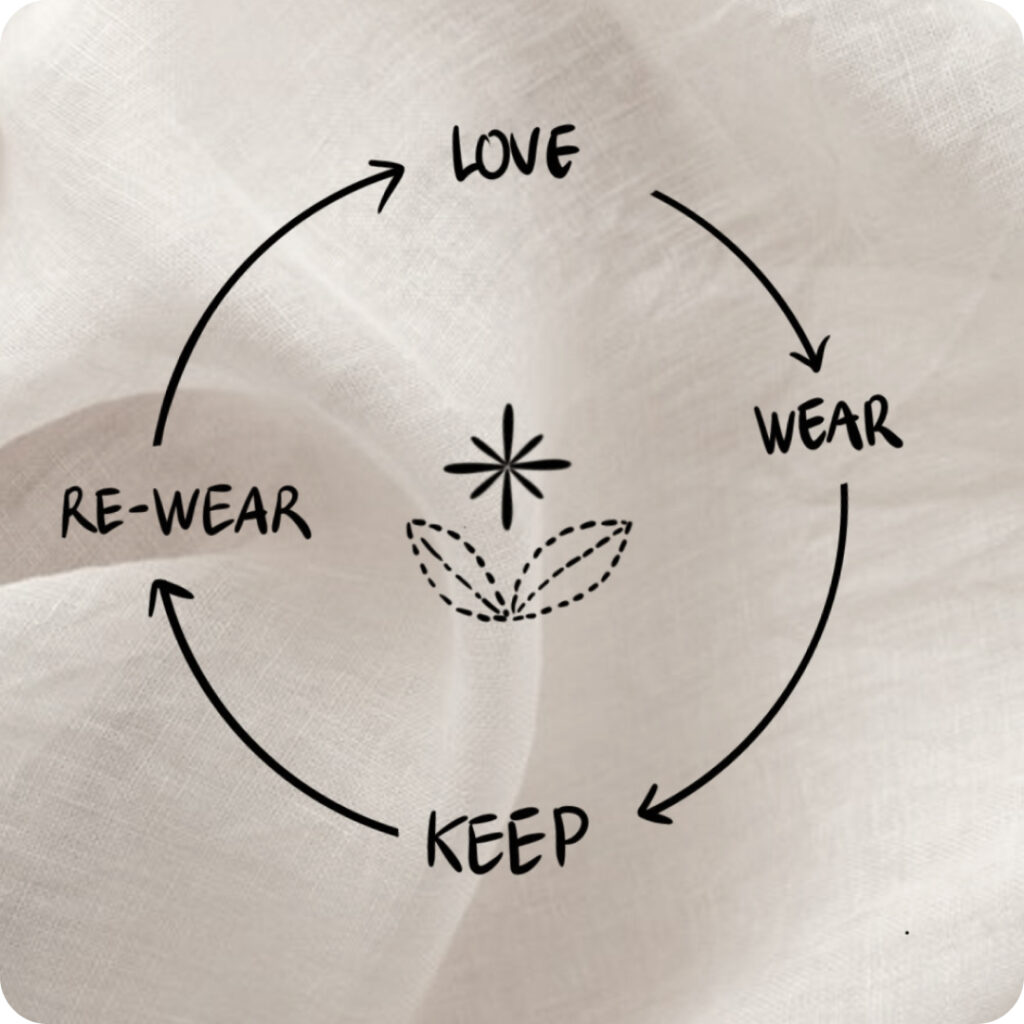Crafting 3D fashion masterpieces: Expert’s guide.
With the combination of technology and creativity, crafting 3D fashion masterpieces has become a revolutionary endeavor, reshaping how we visualize, design, and wear clothes. Whether you are an aspiring designer or simply curious about the future of fashion, the following article will help you understand the step-by-step details of the 3D fashion creation process from the experts.
The Importance of Crafting 3D Fashion
Crafting 3D fashion is becoming increasingly important in the modern world of style. It revolutionizes how fashion is designed, produced, and experienced. By using advanced software and technology, designers can bring their creative visions to life in a virtual environment. This process offers a wide range of benefits.
Crafting 3D fashion drives innovation, sustainability, and personalized experiences. (Internet Source)
For instance, it minimizes waste by eliminating the need for physical prototypes, reduces the environmental footprint, and provides a more sustainable approach to fashion. It also empowers consumers to visualize how clothes will fit before purchasing them. This enhances the online shopping experience, reduces returns, and leads to better-fitting garments. Moreover, 3D fashion accelerates the design process, allowing for quicker product development and market responsiveness.
Brands like Adidas, Tommy Hilfiger, and Farfetch have adopted 3D fashion, setting examples for the industry. They have harnessed its potential to streamline production and enhance the customer experience.
Crafting 3D fashion is not merely a trend; it’s a transformative technology that aligns with modern consumers’ demands for sustainability, customization, and efficiency, reshaping the fashion industry for the better.
How to Craft 3D Fashion Masterpieces – Expert Guide
Step 1: Master 3D Modeling
The first step to creating 3D fashion masterpieces is mastering 3D modeling. This crucial skill involves using computer software to design and visualize clothing in three dimensions. For example, you can use programs like CLO, Browzwear, or Optitex to create lifelike digital prototypes of your designs. These tools enable you to experiment with various shapes, patterns, and materials, making the design process more efficient and sustainable. By mastering 3D modeling, you can bring your fashion ideas to life in a virtual space before producing physical garments, saving time, resources, and reducing waste.
Mastering 3D modeling is fundamental in crafting 3D fashion. (Internet Source)
Step 2: Conceptualize Your Design
This involves creating a clear vision of your garment, considering its style, materials, and functionality. For instance, if you’re designing a sustainable activewear collection, you’ll need to think about eco-friendly fabrics and innovative features like moisture-wicking technology. By developing a strong concept, you set the foundation for your 3D modeling process. This step ensures that your designs align with your brand’s identity and market demands, resulting in fashion pieces that are both stylish and sustainable.
Step 3: Create the 3D Prototype
Bring your design to life by creating a 3D prototype. This involves using specialized software to build a digital model of your garment, considering intricate details like seams and fabric drape. For instance, software like Clo3D allows you to simulate how the clothing will fit and move on a virtual body. This step allows you to fine-tune your design, ensuring it’s both visually appealing and functional.
Step 4: Add Realistic Textures and Fabrics
Enhance your digital prototype by adding realistic textures and fabrics. Specialized software like Substance Painter enables you to apply lifelike materials, such as silk or leather, to your 3D model. These textures mimic how light interacts with different fabrics, giving you a more accurate representation of the final product. For example, if you’re designing a leather jacket, the software helps you achieve the appearance of real leather, complete with shine and grain. This step ensures your 3D fashion creation looks authentic and appealing before physical production.
Virtual fittings and customization enhance the fashion design process. (Internet Source)
Step 5: Virtual Fittings and Customization
Virtual fittings and customization take center stage. With advanced software like Clo3D, you can digitally fit your design on virtual models, ensuring the perfect fit and style. This step allows for customer-specific adjustments, like personalized sizing and style preferences. An example is how Adidas lets customers customize their sneakers online before production, resulting in unique, perfectly fitting shoes. Virtual fittings and customization enhance the design process, reduce the need for physical samples, and lead to more satisfied customers with garments tailored to their preferences.
Step 6: Validate and Test Your Design
Validating and testing your design is crucial. Using simulation and rendering tools, like Marvelous Designer, you ensure the functionality and aesthetics of your 3D garment. For example, Nike uses simulation software to test their athletic wear virtually, saving time and resources. This step allows for adjustments before physical production, reducing waste. Validating your design ensures it meets quality and performance standards, resulting in a successful 3D fashion creation ready for production and delighted customers.
Step 7: Prepare for Realization
This involves finalizing all design details, sizing, and material choices. Tools like Browzwear help in converting 3D designs into 2D patterns for manufacturing. Brands like Adidas use this step to optimize their production process. Ensuring your 3D fashion masterpiece is ready for realization means you’re set for a smoother transition to physical production, reducing errors and saving time.
The world of crafting 3D fashion masterpieces has endless possibilities. With the power of technology and creativity, you can redefine the future of fashion. Hopefully, the helpful information above will help you master 3D modeling from idea generation to creative designs, creating detailed prototypes, and exploiting virtual accessories to turn your fashion dreams into reality.

